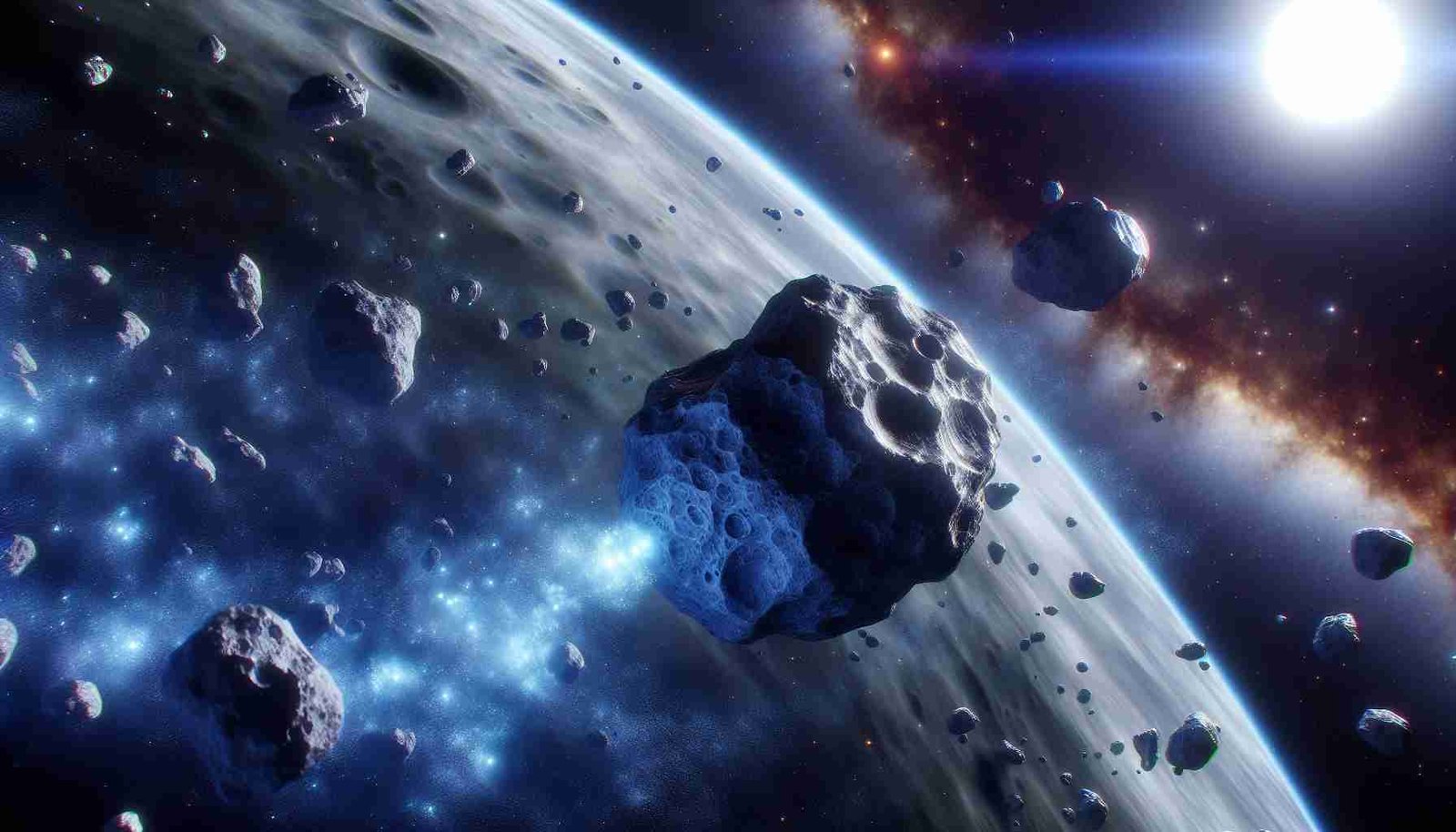NASA’s James Webb Space Telescope (JWST) has achieved a groundbreaking scientific feat by detecting water vapor around Comet 238P/Read, situated in the main asteroid belt between Mars and Jupiter. This discovery not only marks the first direct evidence of water in this region but also raises intriguing questions about the origins of Earth’s water and the nature of comets and asteroids in our solar system.
Key Highlights:
- Direct detection of water vapor around a main belt comet for the first time.
- Indications that water ice from the primordial solar system can be preserved in the asteroid belt.
- The absence of detectable carbon dioxide in Comet 238P/Read, contrasting with other comets.
- Main belt comets could be crucial for understanding the distribution of water in the early solar system and its implications for the emergence of life on Earth.

The Discovery: A Leap Forward in Space Exploration
Utilizing the NIRSpec (Near-Infrared Spectrograph) instrument, astronomers have confirmed the presence of water vapor around Comet 238P/Read, which orbits within the main asteroid belt. This finding is pivotal as it provides direct evidence that water ice, a key ingredient for life as we know it, can survive in the relatively warm environment of the asteroid belt, much closer to the Sun than previously thought possible.
The Mystery of Water’s Origins
The detection of water vapor around Comet 238P/Read by JWST not only underscores the telescope’s unparalleled observational capabilities but also opens new avenues for understanding the mechanisms through which water was distributed throughout the solar system. The absence of detectable carbon dioxide in this comet, a common component in the outgassing of other comets, suggests that Comet 238P/Read, and possibly other main belt comets, might have a different chemical composition or evolutionary history from their counterparts originating in the outer solar system.
Implications for Planetary Science and Astrobiology
This discovery has significant implications for our understanding of the early solar system and the potential for life on other planets. By studying main belt comets like 238P/Read, scientists can gain insights into the distribution of water and other volatiles in the solar system’s formative years, offering clues about how Earth acquired its water and whether similar processes could make other planets habitable.
Summary and Reflection
The JWST’s detection of water on a main belt comet represents a landmark in our quest to decipher the solar system’s history and the role of water in the emergence of life. It not only highlights the innovative capabilities of space telescopes like JWST but also challenges our understanding of comets and asteroids, prompting a reevaluation of their contributions to the water inventory of planets. This discovery is a testament to the enduring human quest for knowledge and our desire to understand the cosmos and our place within it.


















